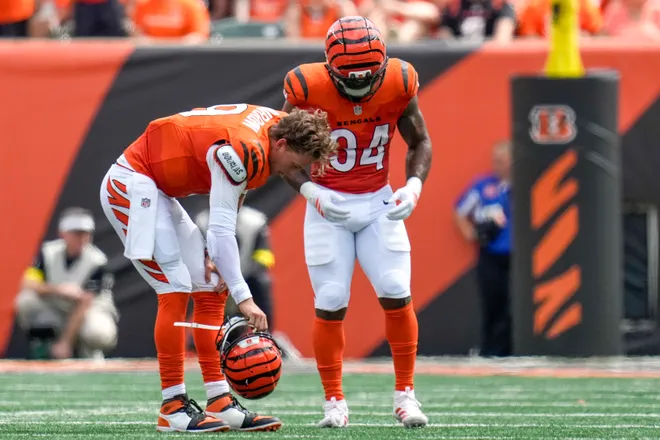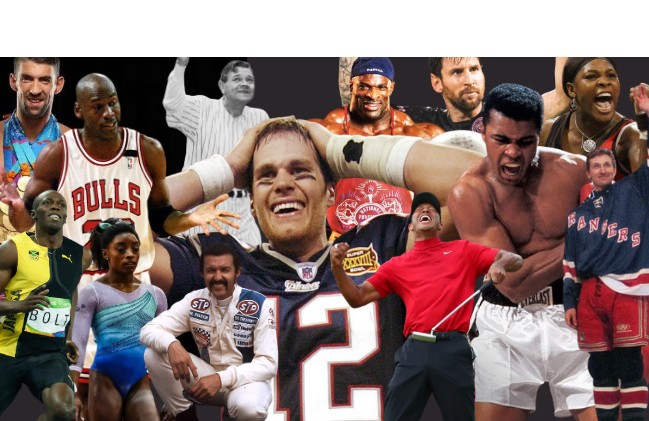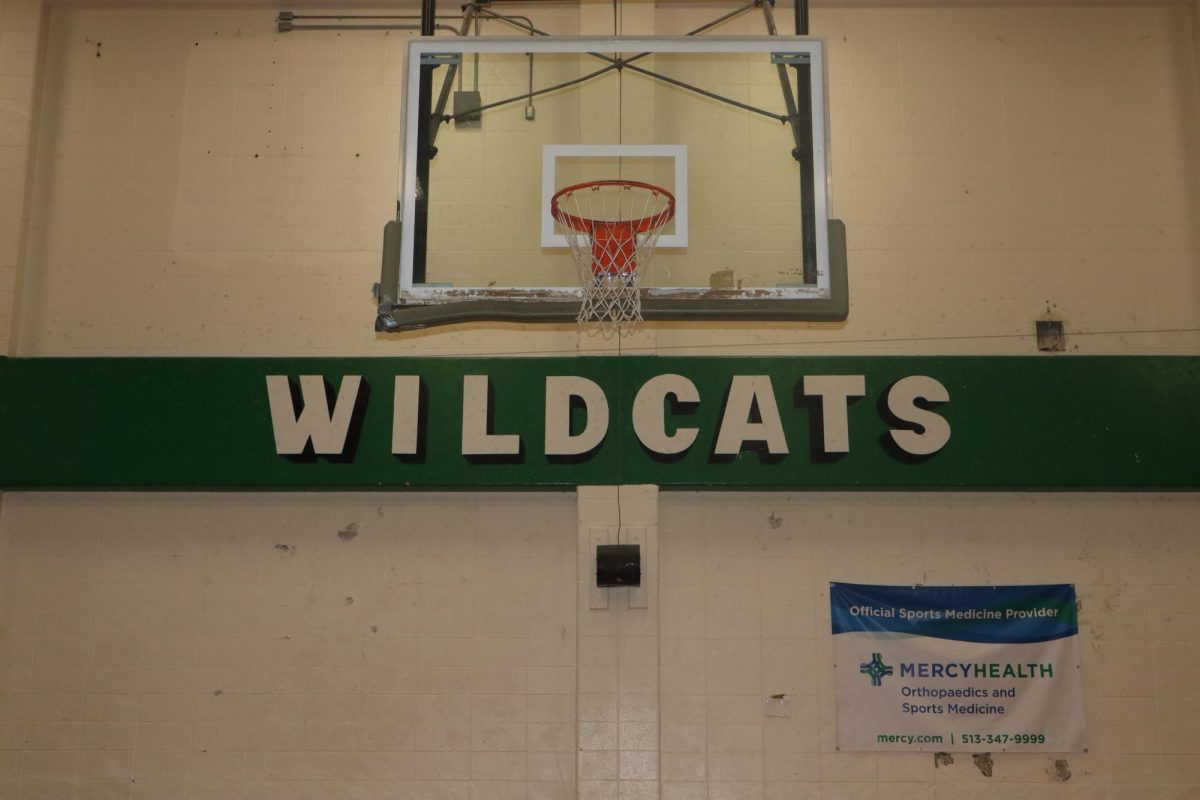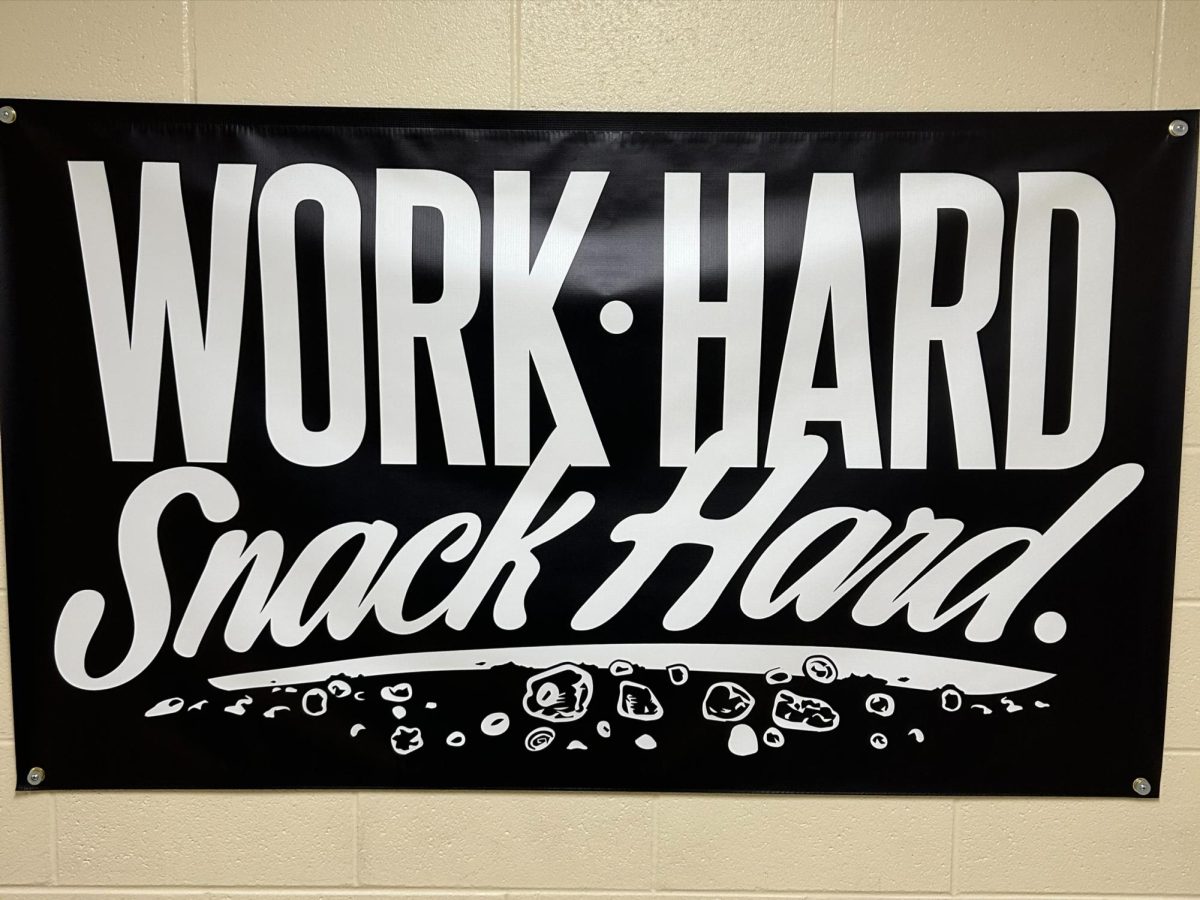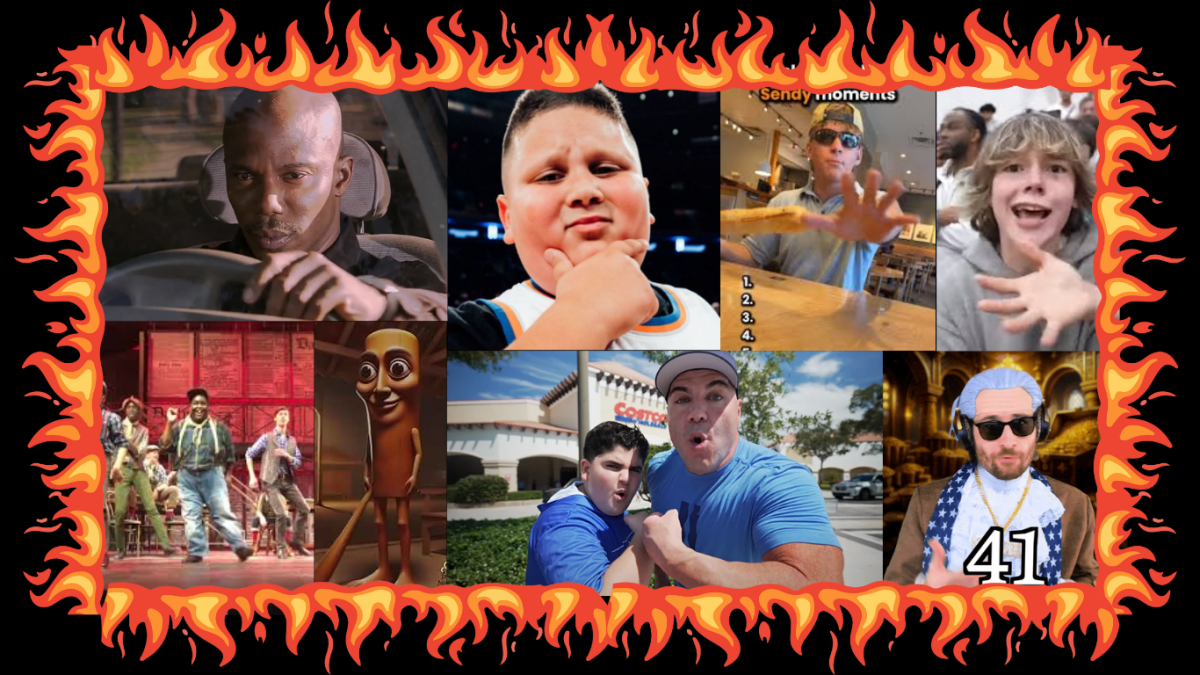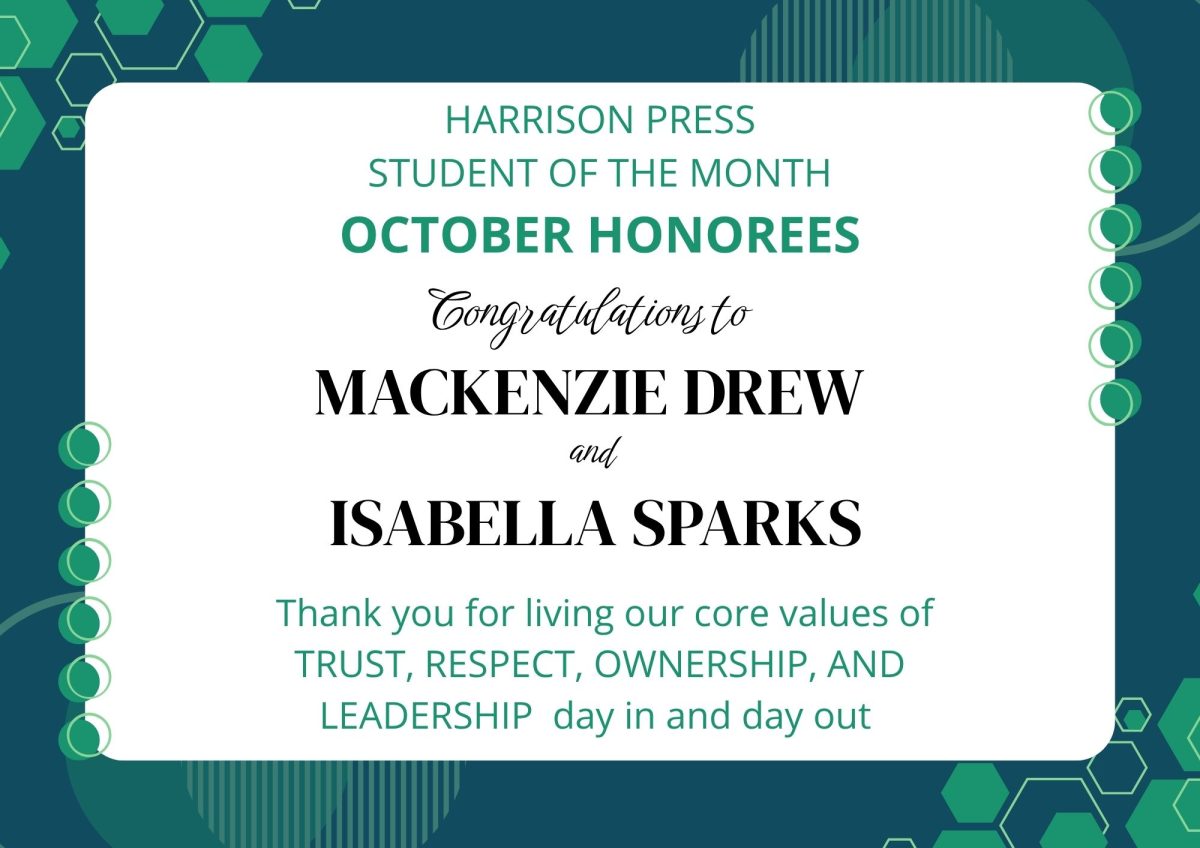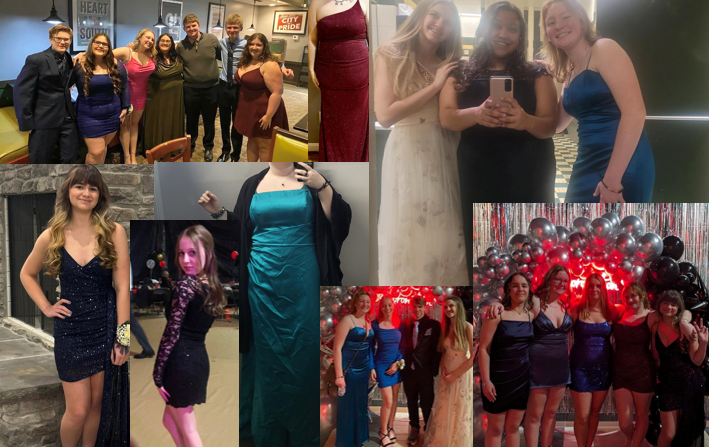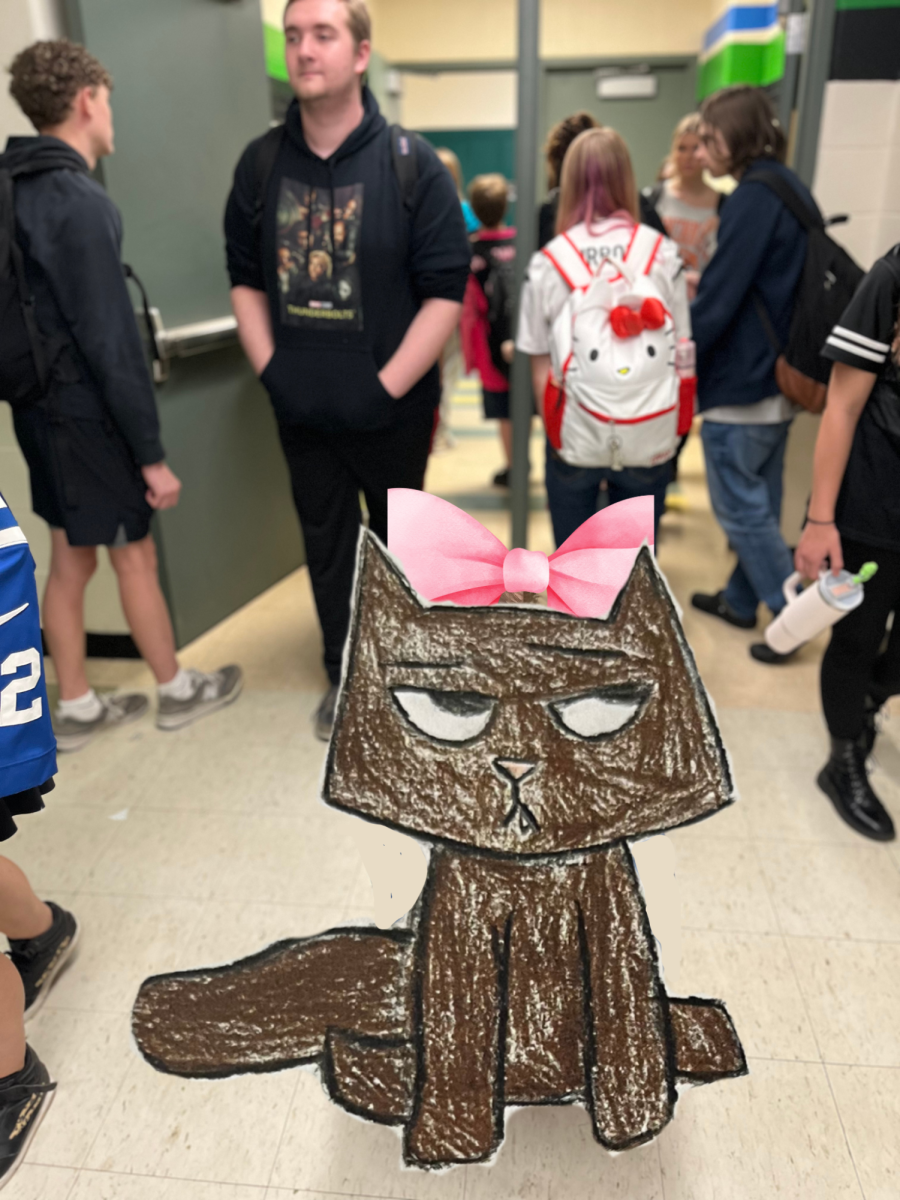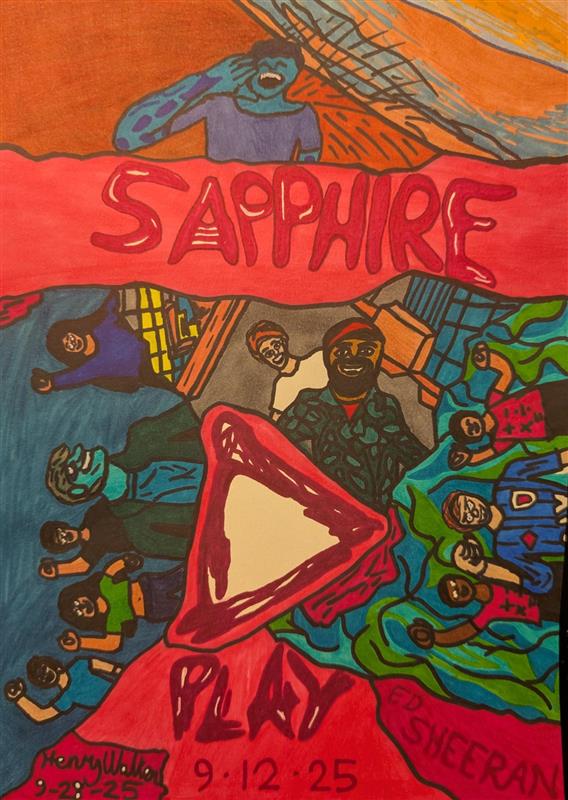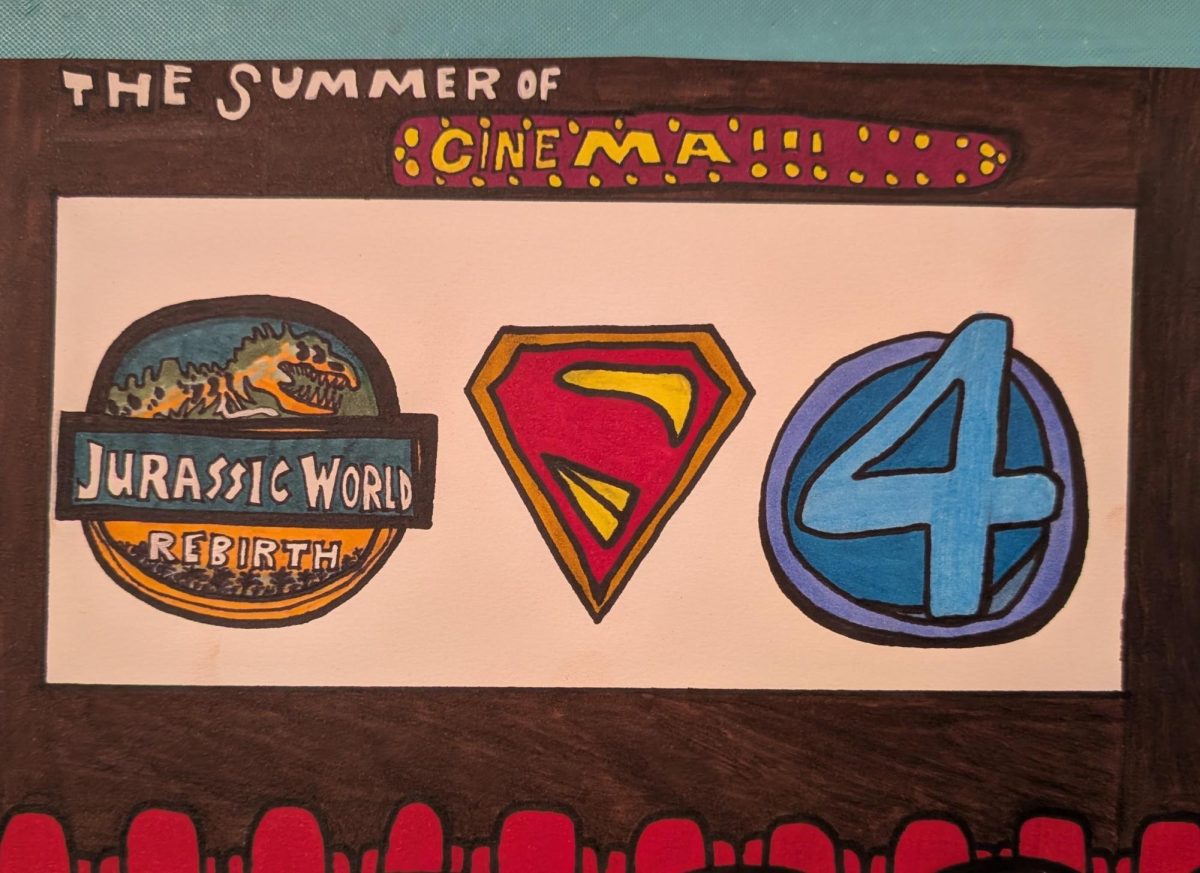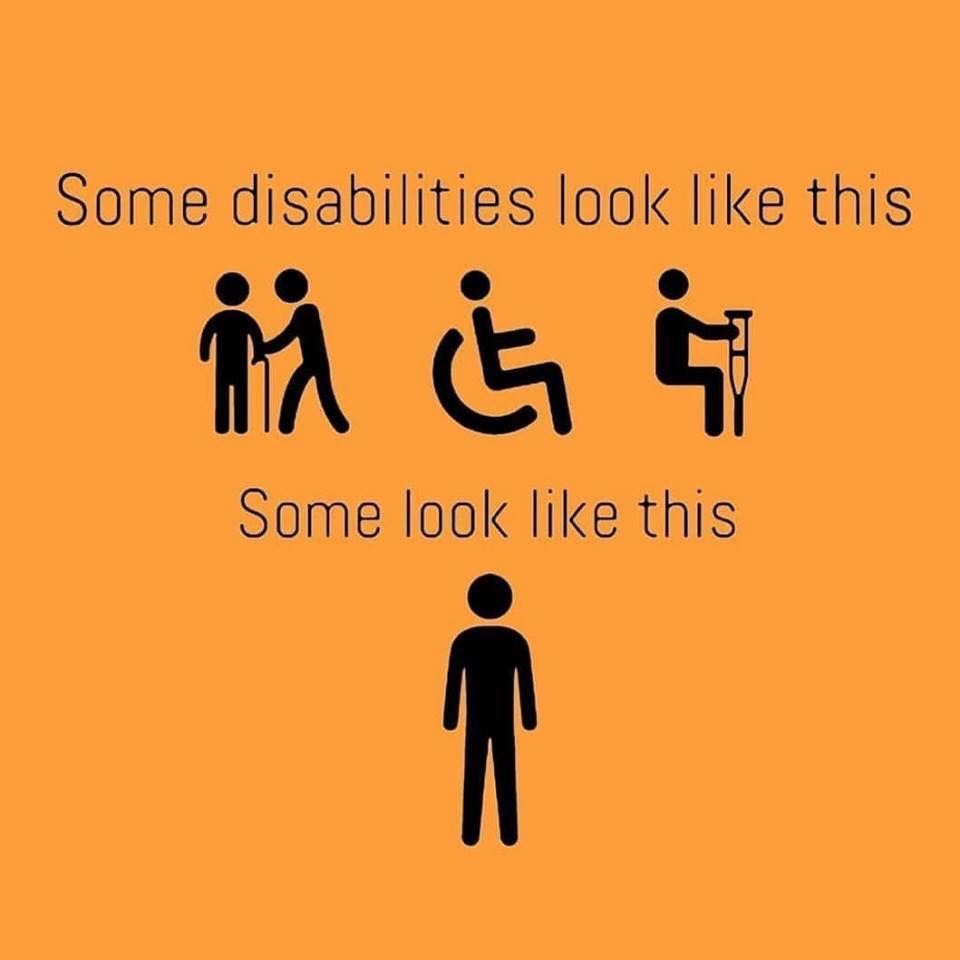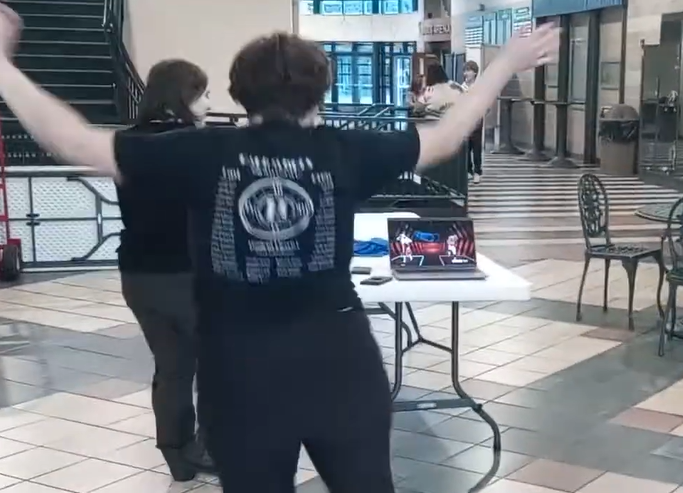Imagine speaking but not being heard, watched yet somehow unseen. This is how many people with invisible disabilities feel every day.
Invisible Disability (or hidden disability) is an umbrella term that captures a whole spectrum of disabilities that can’t be identified by physical factors like a wheelchair or visible physical differences. There are many factors that make something an invisible disability. There is an unnecessary stigma around the topic of invisible disabilities, and you will never fully understand the whole picture unless you are someone with an invisible disability. There are times you feel like you will never fit in with anyone. And the times you do, but then you feel like an outcast moments later.
Invisible disabilities are very widespread and not truly specific. Mental health conditions are the most well known example of this. These include anxiety, depression, schizophrenia, personality disorders, obsessive compulsive disorder (OCD), and more. An article written by Penningtonlaw.com says “Children with hidden disabilities, who appear to have a lesser degree of physical impairment, can tend to experience more mental health problems, and it is a common misconception for people unfamiliar with the individual to assume that he or she is fine.’’ Experiencing life with a disability is challenging, but often the challenge is happening below the surface, where no one can see.
Other examples of invisible disabilities include autism, Asperger’s syndrome, visual impairments or restricted vision, sensory and processing difficulties, cognitive impairment, dementia, traumatic brain injury, diabetes, respiratory conditions, chronic pain and fatigue, and learning disabilities, just to name some. In fact, according to University of Massachusetts, 10 percent of people in America live with an invisible disability. This number could be even higher as many do not associate themselves with having a disability. For every disability you can see, like a wheelchair, leg braces, or a guide dog, there are over 9 people suffering from disabilities you can’t see, according to Forbes.
Why is learning about invisible disabilities important? Personally, I have an invisible disability I struggle with every day. It is helpful for me when my peers have a frame of reference on hard topics like this, so they can understand why some normal seeming things are harder for me.
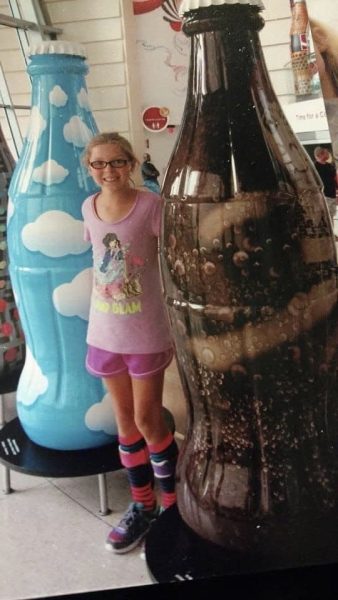
One of these hard things was in elementary school where the pain due to my cerebral palsy was unbearable. My grandparents had to carry me out of the classroom and into the car because I was unable to walk for myself. On top of the leg spasms that made me unable to walk, my skin was irritated from the pinch of the leg braces. This was bad enough, but the following day at school I was called out in front of the whole class. Instead of my kindergarten teacher being understanding, she was frustrated and yelled at me as if it was my job to tell her when I was in pain. It was my ‘responsibility’ as a five year old nonverbal kid to speak when my tears spoke for themself. An understanding of the toll disability can take might have made this situation easier.
People might have noticed my leg braces, but they didn’t know that I had red marks on the backs of my legs due to the constant pinch my leg braces made. I had to have the extra support the braces offered, so that pain was just a part of my life. Many disabilities are like this, where some of the issues are clear to those around you, but others aren’t. Although we are taught it’s okay to be different, it never truly feels that way to a person with an invisible disability. If you speak up, you’re just faking it. If you don’t, well then you’re just weak.
Before you judge others or speak without thinking, realize your words could change the outcome for a person with an invisible disability. The world needs more people who choose to acknowledge what doesn’t meet the eye. Taking the time to educate yourself is never a bad idea. The kindness and empathy that you choose to put into the world is never wasted. Regardless of what your take on invisible disabilities are, invisible disabilities are never a joke. I hope to encourage people like me with an invisible disability to speak out and share their personal experiences. The stories of others should be brought to light in hopes of changing the treatment given to people with invisible disabilities in the future.


